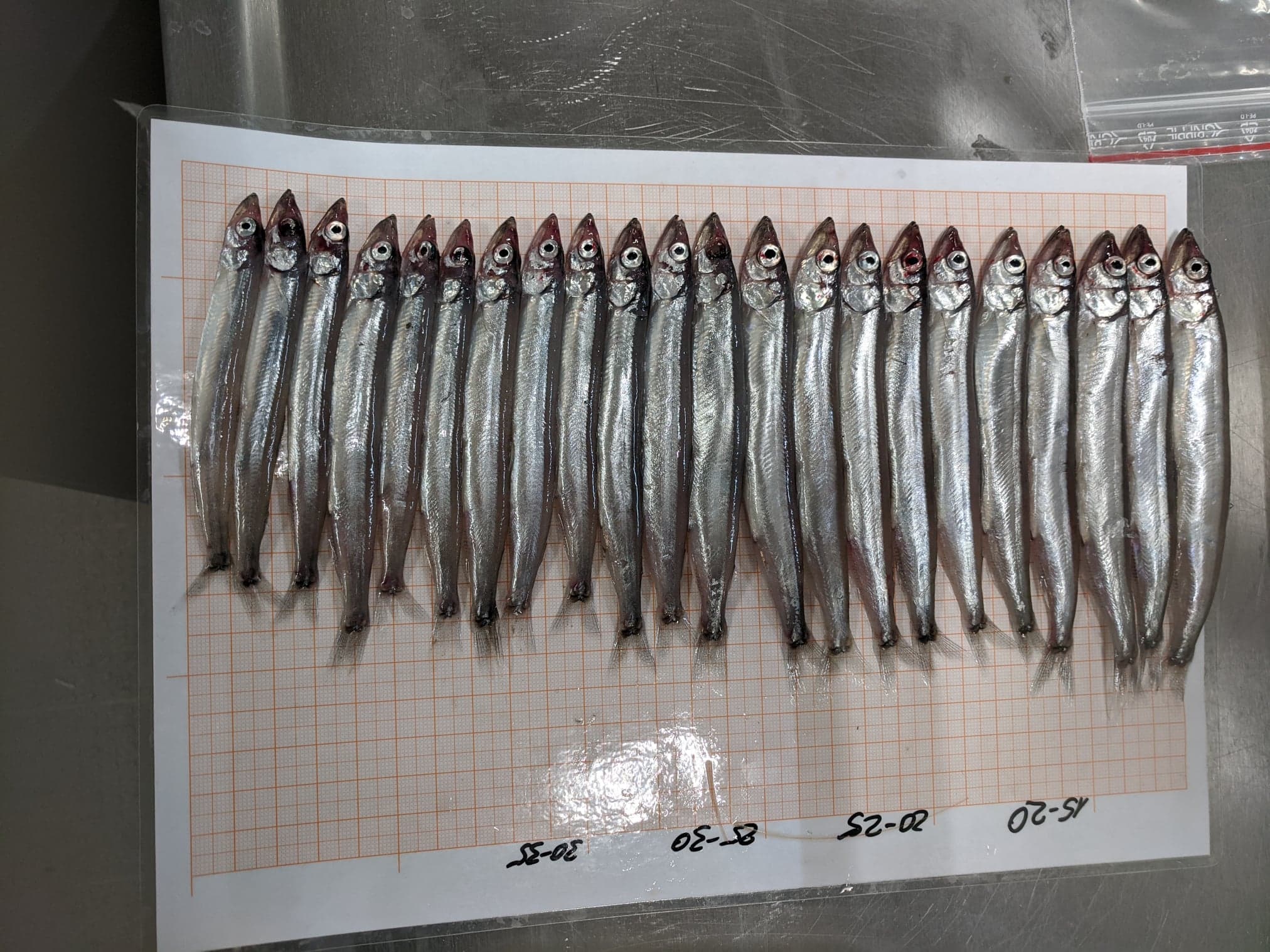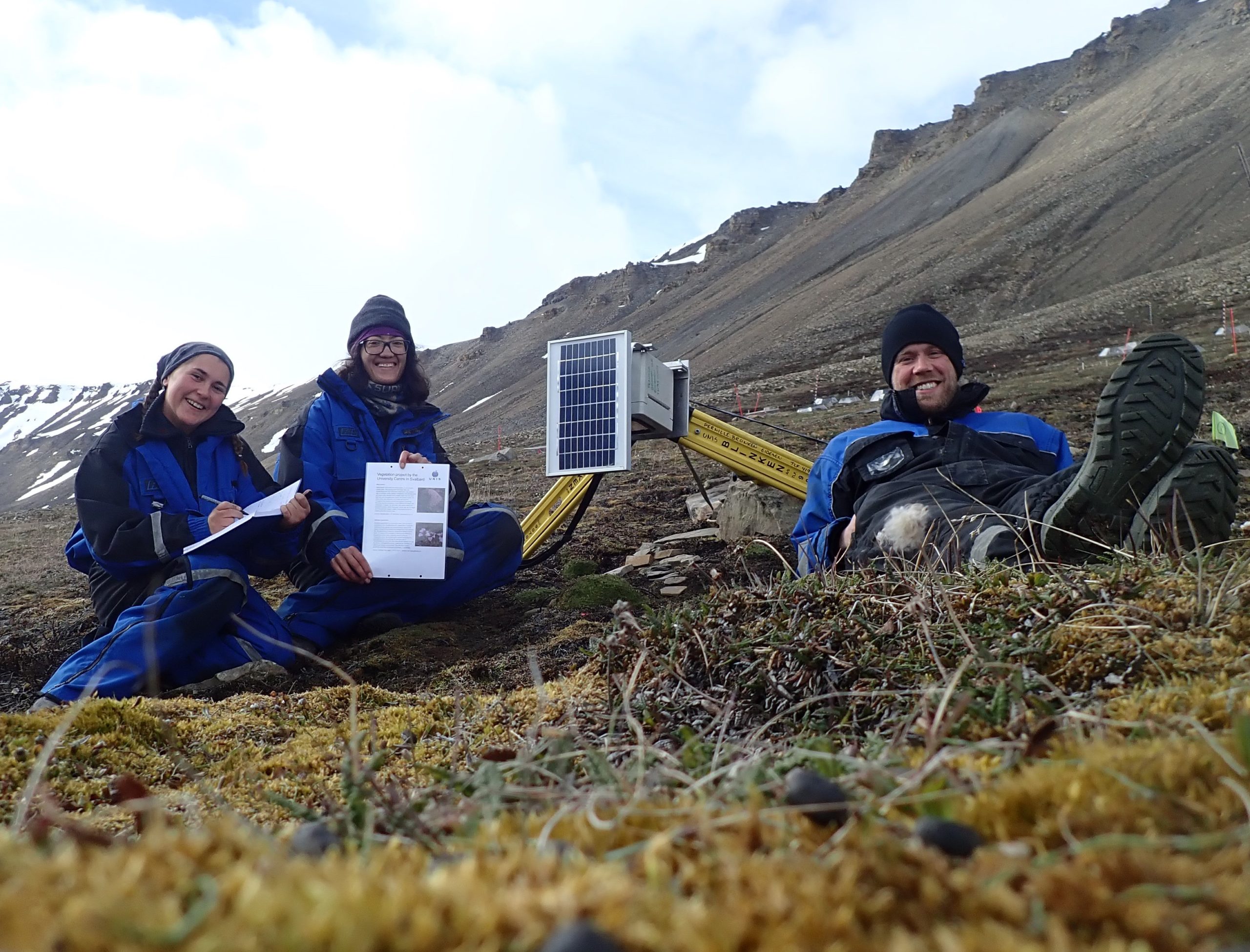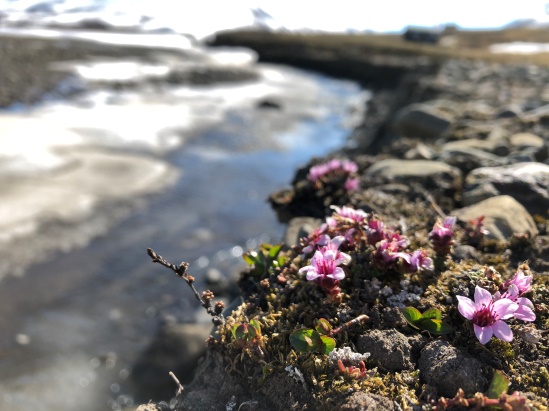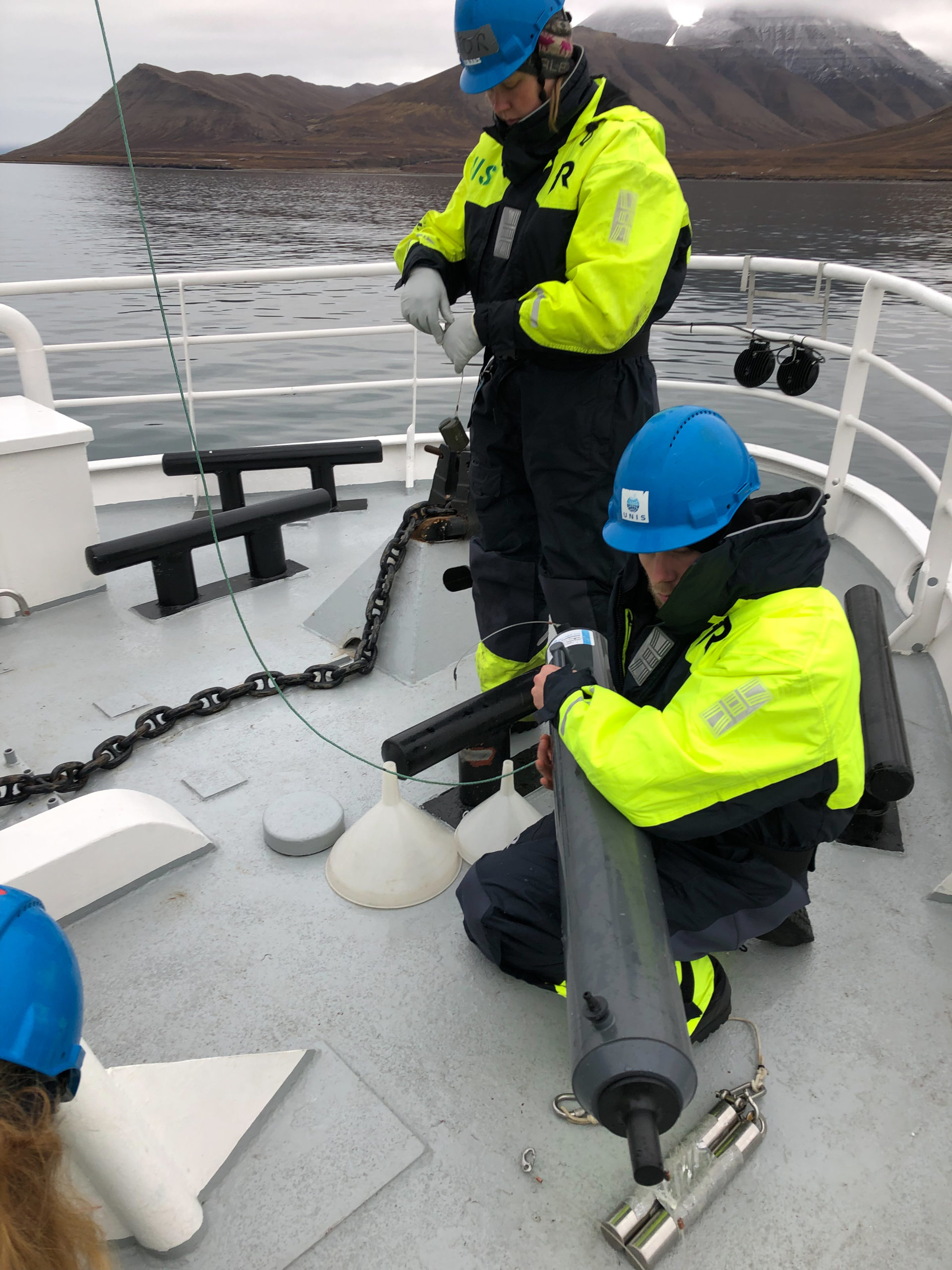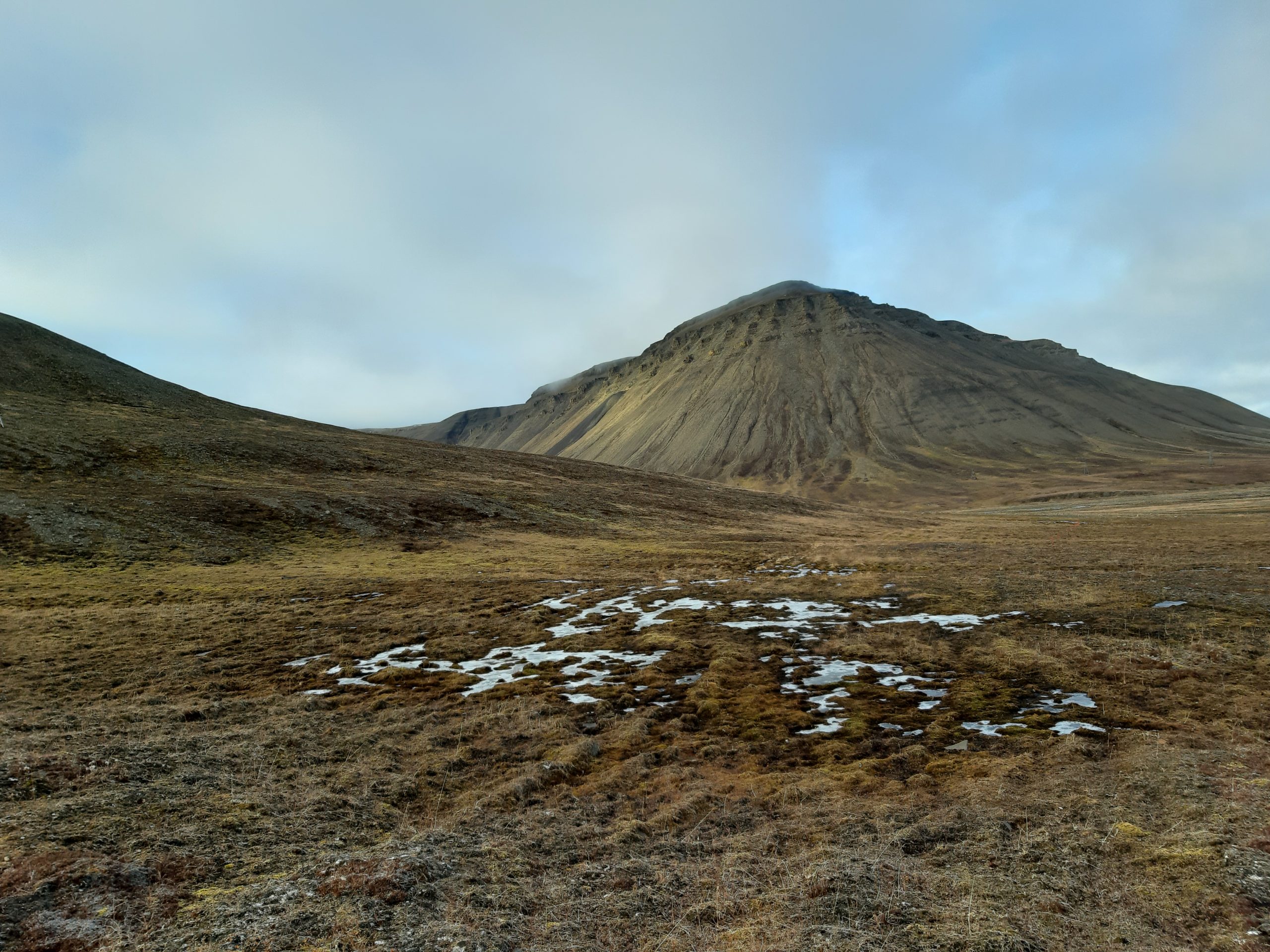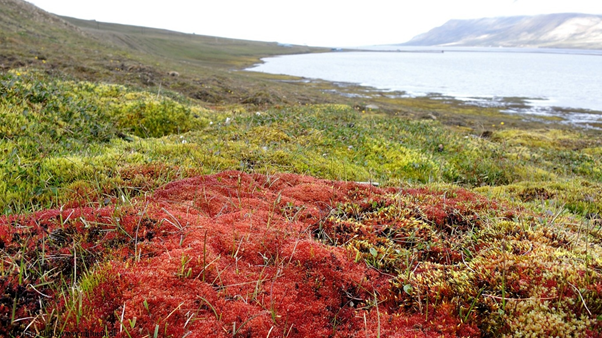Herbivore-induced disturbances in tundra and their effect on active layer depth
Bryophytes dominate in wide regions of the Arctic, also presenting the dominant vegetation cover on Svalbard. The layer of bryophytes in moss tundra, with its insulating abilities, is a significant factor in preserving permafrost. Herbivore activity such as goose grubbing may damage and remove parts of the moss layer, and is expected to be a Read More …

